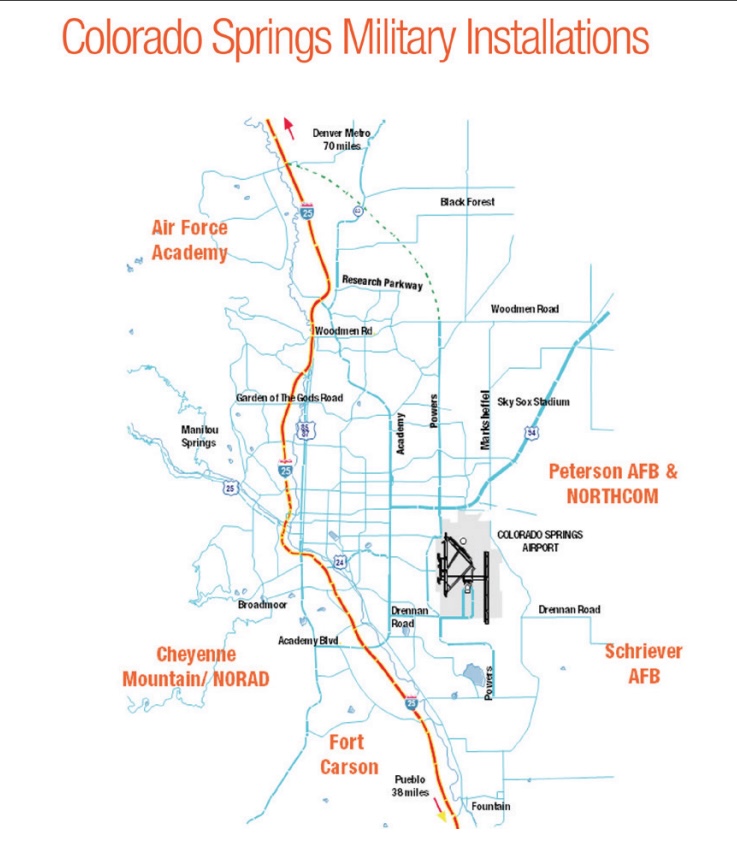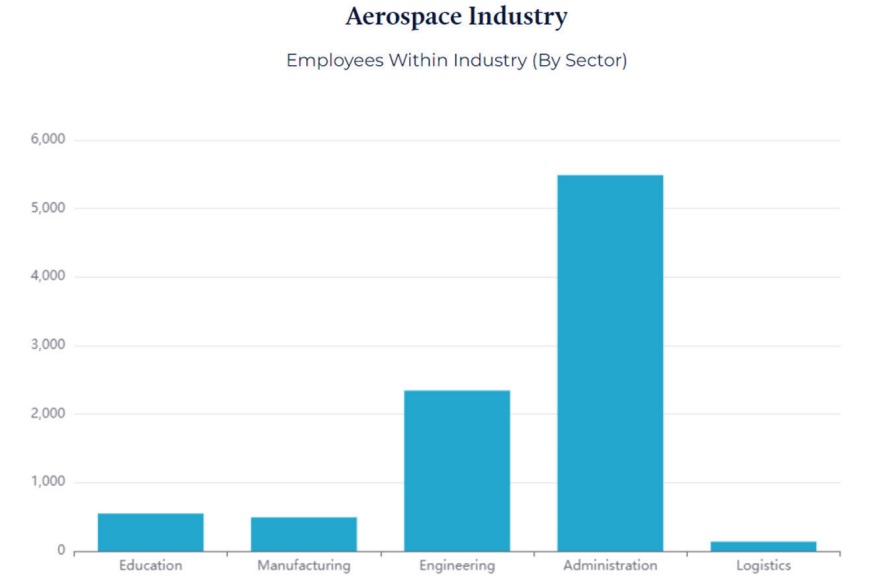The times are great, and they’re not a-changing, say our local prognosticators.
According to the Colorado Springs Chamber & EDC, “The Colorado Springs Aerospace and Defense sector is poised to be the global leader in defense development, space technology, and innovation.
“Located in the State with the second-largest space economy in the nation, the city offers aerospace and defense companies one of the nation’s highly educated workforce and a dynamic and robust business environment that supports technological advancements, business growth and innovation.”
The city’s position was further assured by President Biden’s decision to keep Space Command in Colorado Springs, nixing former President Trump’s decision to move it to Alabama.
The numbers confirm that assertion.
The aerospace and defense industry accounts for more 40 percent of the Colorado Springs economy with more than 200 space, aerospace, cybersecurity and defense companies employing 111,000 people, with an annual economic impact of approximately $10.2 billion in 2022.
Colorado Springs is poised to be an investment hub. – Colorado Springs Chamber & EDC
The sector grew by 16 percent from 2017 through 2022. The Chamber & EDC expects that the rate of growth will slow to a still-healthy 9 percent in the next several years.
“With a well-established infrastructure and a cleared talent resource base,” the Chamber & EDC noted on its website, “Colorado Springs is poised to be an investment hub in defense and space technology now and in years to come.”
Colorado Springs and Colorado City leaders were just as sanguine about the future of their cities 123 years earlier. The mines of Cripple Creek had yielded a million ounces of gold in 1899, or nearly a quarter of all the gold mined in the United States.
As mining engineer Fred Hill wrote in his authoritative 1900 “Official Manual of the Cripple Creek District,” “All the signs are favorable; the brilliant discoveries of the early days and the successful development of the present promise a future which should long maintain Cripple Creek in the proud position which it now occupies, namely that of the largest and richest gold mining district on the American continent.”
The gold may have been mined in Cripple Creek, but the wealth it created flowed downhill.
Ore from the mines was processed in Colorado City, manufacturers benefited from regional prosperity, hundreds of Cripple Creek mining companies were listed on the Colorado Springs Mining Stock Exchange, bank deposits soared and newly minted millionaires built North End mansions. In 1899, the cash value of stock traded on the Exchange rose from $7.5 million in 1897 to $34.5 million in 1899.
It was the best of times — until it wasn’t. The mines petered out, hundreds of mining companies went broke, and the regional economy never really recovered until the outbreak of World War II.


Thanks to a determined and politically savvy business community, in 1942 the Army sited Camp Carson on city-donated land, which soon hosted 30,000 soldiers. The numbers dwindled after the war, but Springs business owners and elected officials were tireless and creative — as they still are, 81 years later.
Can we prevail, or will isolationist politics, shifting priorities and strained defense budgets create difficulties?
Business and city leaders (who declined to be quoted directly) were most concerned about a second Trump presidency, fearing that he’d try once again to move the Space Command to Alabama. None were worried about other bases and programs.
“I don’t know about your Cripple Creek analogy,” said one former elected official. “They’re still mining there, but it’s not a big deal. We’ve been growing steadily for 80 years. We’re an oak, not a patch of weeds.”

